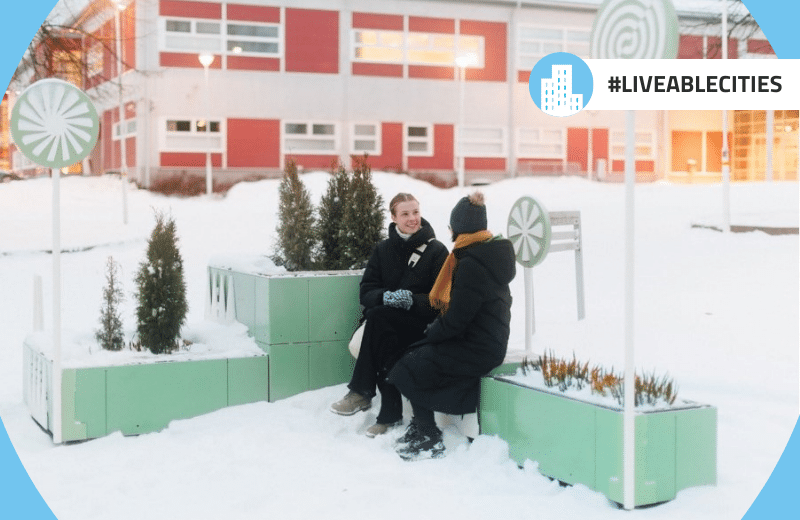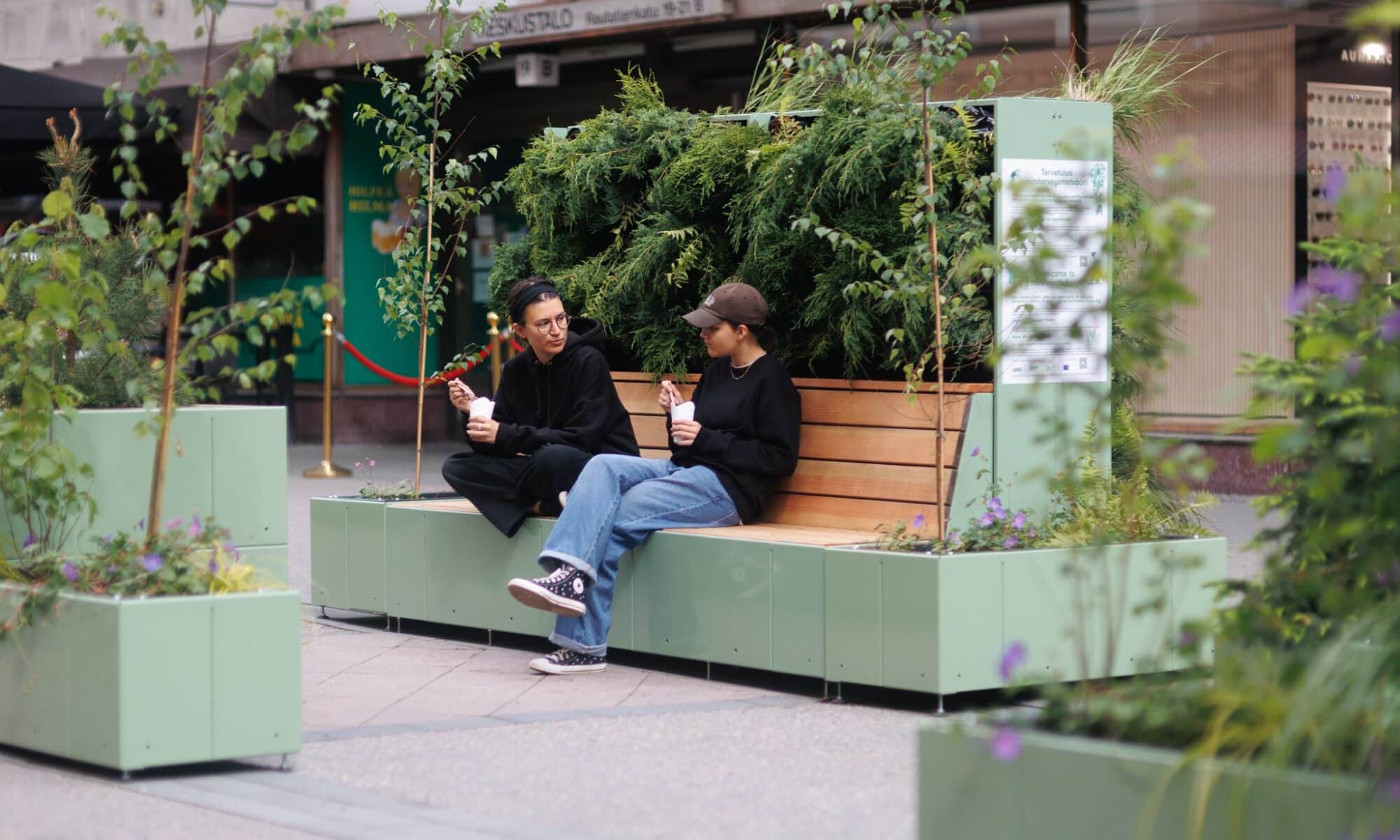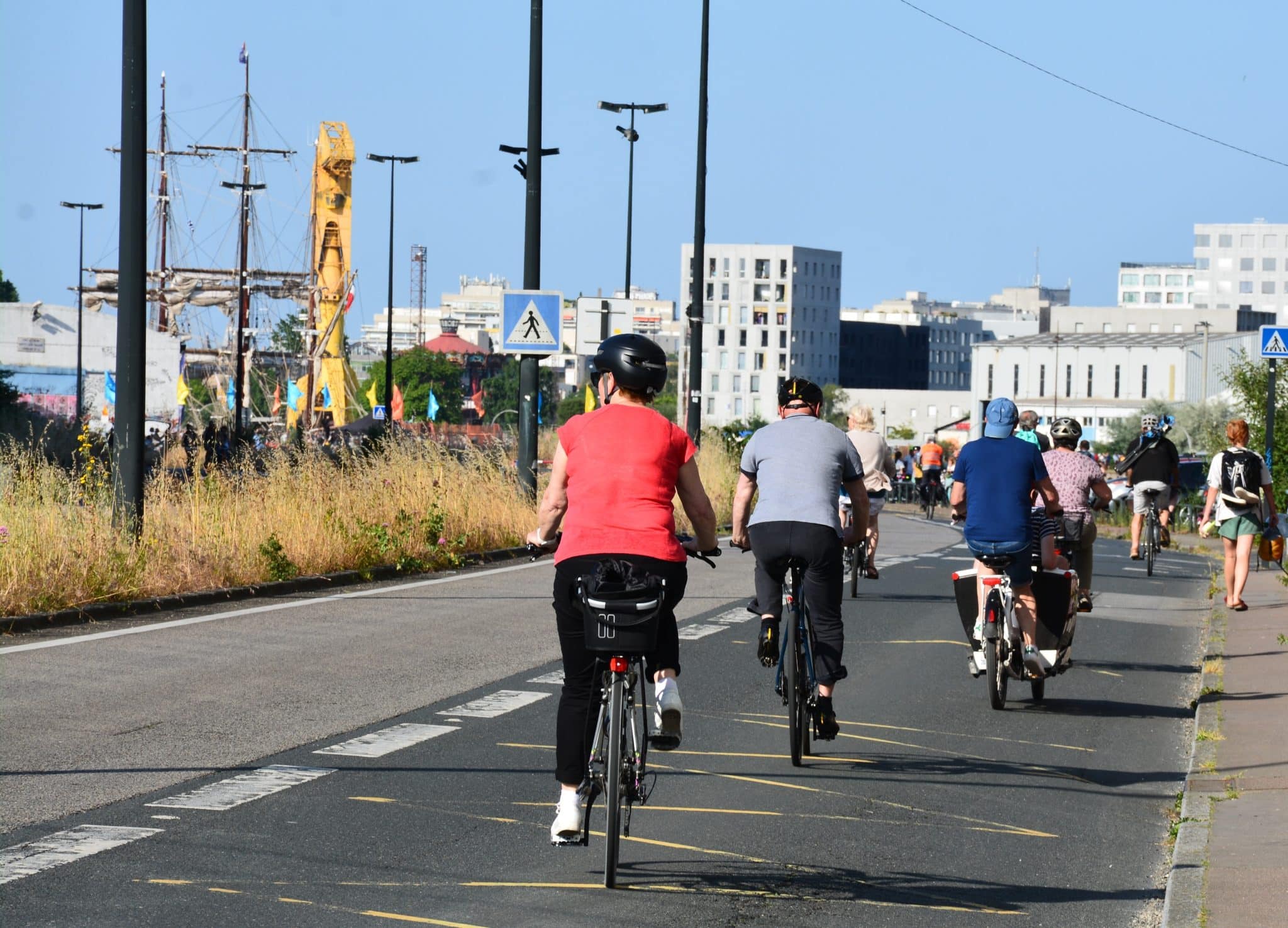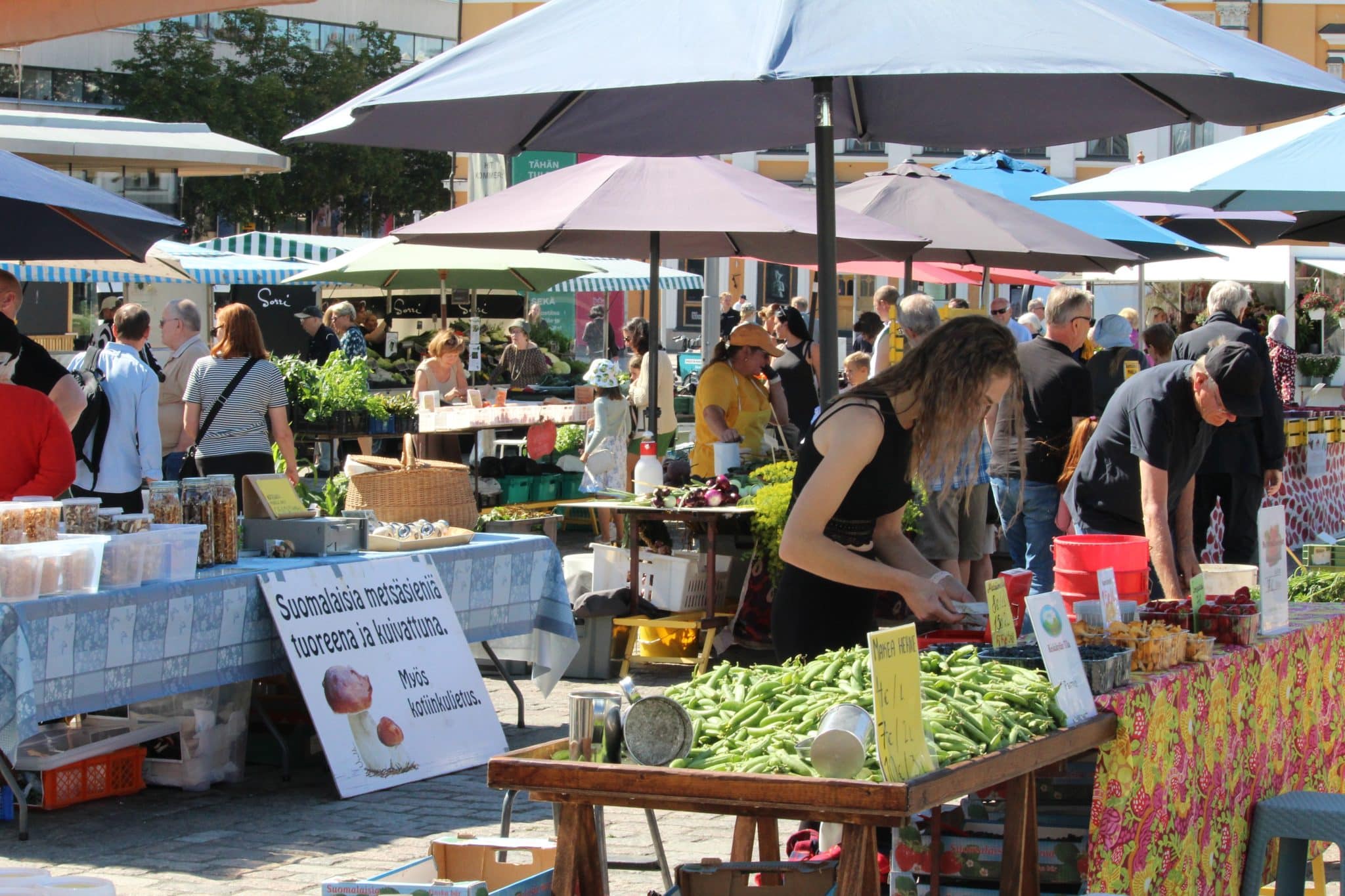How local communities’ voices are shaping the future of cities

As more cities worldwide have committed to net-zero targets, achieving these transformations will require thinking beyond conventional methods like adopting green technology and setting emission-reduction targets. What we really need is to rethink how we design and experience urban spaces fundamentally, so they serve all communities equally.
Cities are the beating heart of our culture, heritage, and daily lives. They’re where we live, work, and connect. To create cities that truly thrive, we need spaces that resonate with the people who live in them. This means building environments that are sustainable, vibrant and inclusive. At the core of this vision is a powerful idea: cities should be shaped by the people, for the people.
What does it take to make a city more inclusive for communities?
Inclusivity in urban design goes beyond creating accessible spaces; it involves active participation by people in shaping their environments. Through this approach, all residents have a say in how their cities are planned and developed, ensuring their diverse needs and perspectives are reflected.
According to the World Bank, three key elements must be present to build cities where everyone can participate in and benefit from urban life:
- ensuring that all residents have equitable access to physical spaces and services, such as accessible infrastructure and connected public transport.
- integrating diverse groups into the social life of the city, creating environments where different cultural and social groups feel valued and heard, thereby fostering community engagement and interaction.
- providing equal opportunities and addressing barriers to employment, education, and business for marginalised groups.
“Inclusivity is at the heart of the New European Bauhaus (NEB) initiative because sustainable and beautiful transformation is only possible when we invite everyone to have a voice in shaping their local community. As a movement, NEB is guiding cities towards a more inclusive approach to designing public spaces – focusing on the people who will use them. By collaborating with public authorities and embracing diversity, NEB promotes a vision where all members of the community can become the main characters in the story of their city,” says Natalia Vera, Climate KIC Project Lead of EIT Community NEB.
Redesigning publics spaces with the local communities
To bridge existing gaps, inclusivity is coming centre-stage in an increasing number of urban climate projects and initiatives. One example is the New European Bauhaus (NEB), a policy and funding initiative launched by the European Commission in 2021 to support sustainable solutions for transforming the built environment and lifestyles under the green transition.
Recognising the challenge of creating inclusive places that serve all, the initiative leverages the opportunity to engage communities in transforming their environments. It does this through its Connect and Co-create programmes, actively involving local residents in shaping their cities, ensuring that urban development is both sustainable and people-centric. While the Connect programme engages inhabitants in relevant challenges within their local community, the Co-create programme calls on local communities and public authorities to redesign public spaces, bringing them closer to nature, building a shared sense of belonging, and addressing local needs.
In Kerava, Finland, the ‘Our City’ project, financed by NEB, stands out as a model of inclusivity in urban planning. The initiative involves young people in designing and planning public spaces, ensuring their voices are heard and their needs met. Collaborating with local designers from Parkly — an organisation that brings the forest to the city by creating modular, circular outdoor furniture to connect nature, people, and places. The project has transformed public areas into user-friendly spaces that foster community dialogue and inclusivity. This emphasis on youth engagement has had a lasting impact on Kerava’s urban development strategies, highlighting the importance of creating spaces that are welcoming to people of all ages, all year round.
Revitalising cultural heritage through co-creation with communities
Inclusivity in urban development is not just about building new spaces; it’s also about preserving and reimagining the past. In northern Portugal, the Minante project illustrates how engaging local communities in preserving cultural heritage can lead to more meaningful and sustainable outcomes. Once a thriving industrial site, the watermill played a significant role in the local economy, producing timber and flour while serving as a communal space. The area is now being revitalised, with residents participating in the co-creation process, promoting a sense of shared ownership and responsibility for this cultural landmark. The result is not just a restored site but a renewed community connection to its history, ensuring that cultural heritage is preserved in a way that resonates with future generations.
Empowering communities to drive climate action
Communities are at the heart of effective environmental change and climate policy shifts are often driven by local communities’ voices. Climate KIC programmes like Climathon brings people together to develop innovative solutions to local challenges. These initiatives contribute to building a global movement of engaged citizens.
As part of the EU Green Deal NetZeroCities initiative, cities like Mannheim, Germany, are encouraging their citizens to act. The city created the ‘House of Change,’ a platform where citizens, city administrations, and businesses can connect and access information and resources. They have now partnered with neighbouring cities to built a regional movement. With the CoLAB (Committed to Local Climate Action Building) project, the participating cities are collaborating to reduce emissions through consumer behaviour.
“The idea of the House of Change is to recognise the fact that there is so much going on in every city. There are so many players involved in sustainability, mobility, green infrastructure, biodiversity and so on. But they are not connected to each other. And citizens don’t always know what they can do. That’s why we decided to create an online space where all this is connected: Information, advice, challenges, events and exhibitions, spaces to meet and more,” says Agnes Schönfelder, Spokesperson for the EU Green Deal at the City of Mannheim.
Further south in France, the city of Nantes is integrating community engagement directly into its climate action plans. They created a series of citizen challenges about zero waste, sustainable food and energy saving. To make sure that a diverse range of voices would be heard, the city partnered with local organisations and universities. The project has even contributed to strengthen community bonds in the city.
Creating a shared vision for a sustainable future
A key element that stands out across all these initiatives is that we need to create a vision of the future that is shaped by all the diverse voices within our communities and we need to put open dialogue, mutual respect, and a commitment at the heart of our citizen engagement project.
The city of Turku in Finland exemplifies this with its ambitious ‘1.5-Degree City’ Pilot, part of the EU’s NetZeroCities Pilot Cities Programme. The initiative seeks to make Turku a hub for experimentation and learning around climate neutrality. The ‘1.5-Degree City’ Pilot brings together the city administration, businesses, and citizens to co-create solutions for reducing carbon emissions. By positioning itself as a facilitator, Turku has created an environment where everyone can contribute to the city’s sustainable future.
Technology is also playing an important role in enhancing transparency, participation, and responsible behaviour. Digital innovations offer new ways to engage residents and streamline urban services, making it easier for people to contribute to decision-making about their future. In Porto, Portugal, the ‘WAKE UP!’ project is leveraging digital tools to encourage residents to make more sustainable choices when it comes to water, energy, mobility, and waste. It even includes a mobile app with personalised insights and tips for reducing people’s carbon footprint. By providing citizens with the information and tools they need to take action, Porto is creating a more informed and engaged community.
Engaging communities is key to building sustainable urban futures
The future of cities is tied to the active participation of citizens. As demonstrated by innovative projects across Europe, when residents are meaningfully involved in the planning and development of their urban spaces, the outcome is not just more sustainable but also more inclusive communities. Cities stakeholders need to understand the importance of embracing the diverse voices of all residents. This is the only way to ensure that the urban landscapes of tomorrow reflect the aspirations, needs, and values of the people who inhabit them.
This article is part of Climate KIC’s #LiveableCities Campaign, where we explore the pathways to a climate neutral, just, and more beautiful future. By 2030, our goal is to help transform over 400 cities into thriving, climate-resilient communities. This campaign captures the stories and lessons of ambitious cities in Europe and around the world. We want to show a vision of what’s possible when cities and stakeholders come together to tackle the climate crisis.




